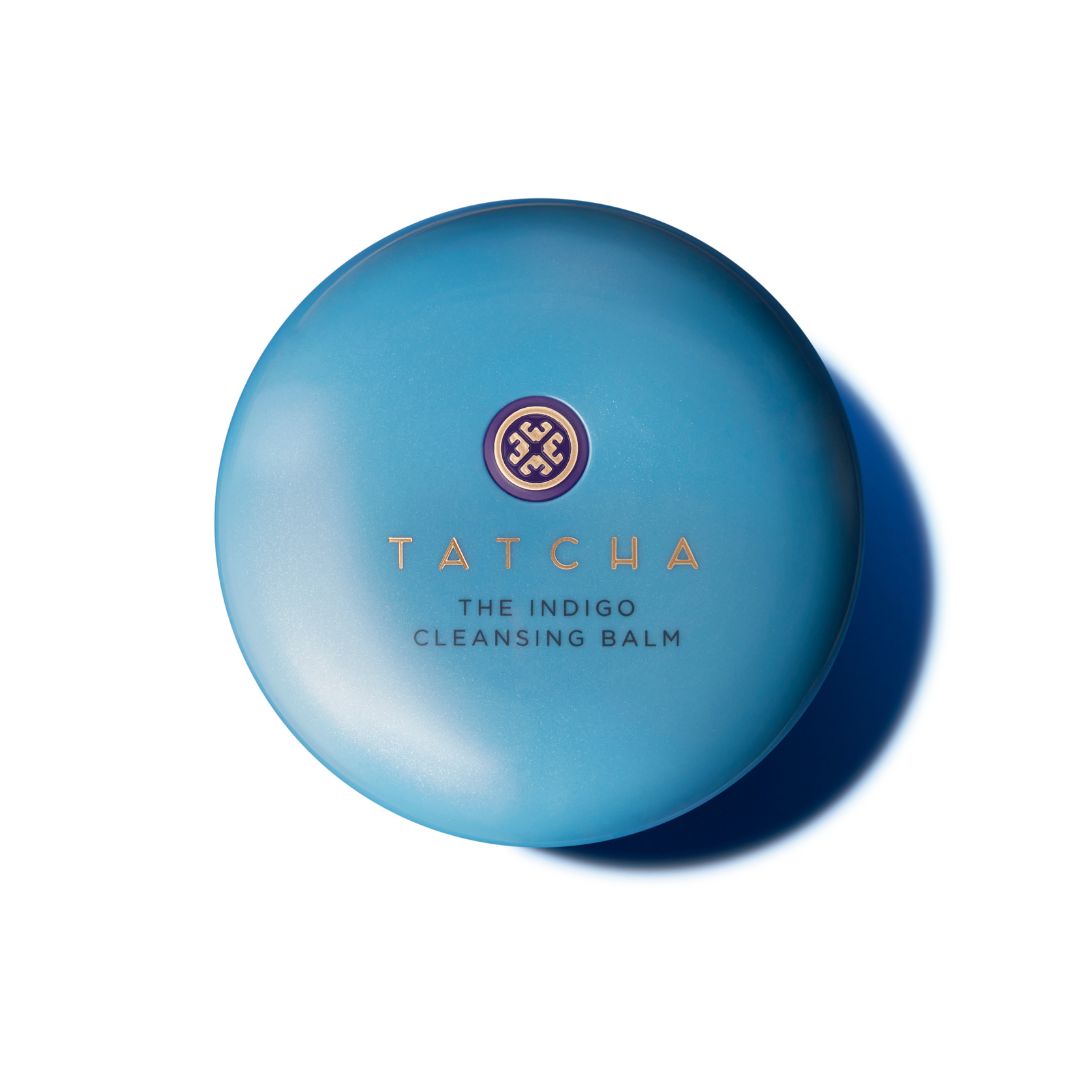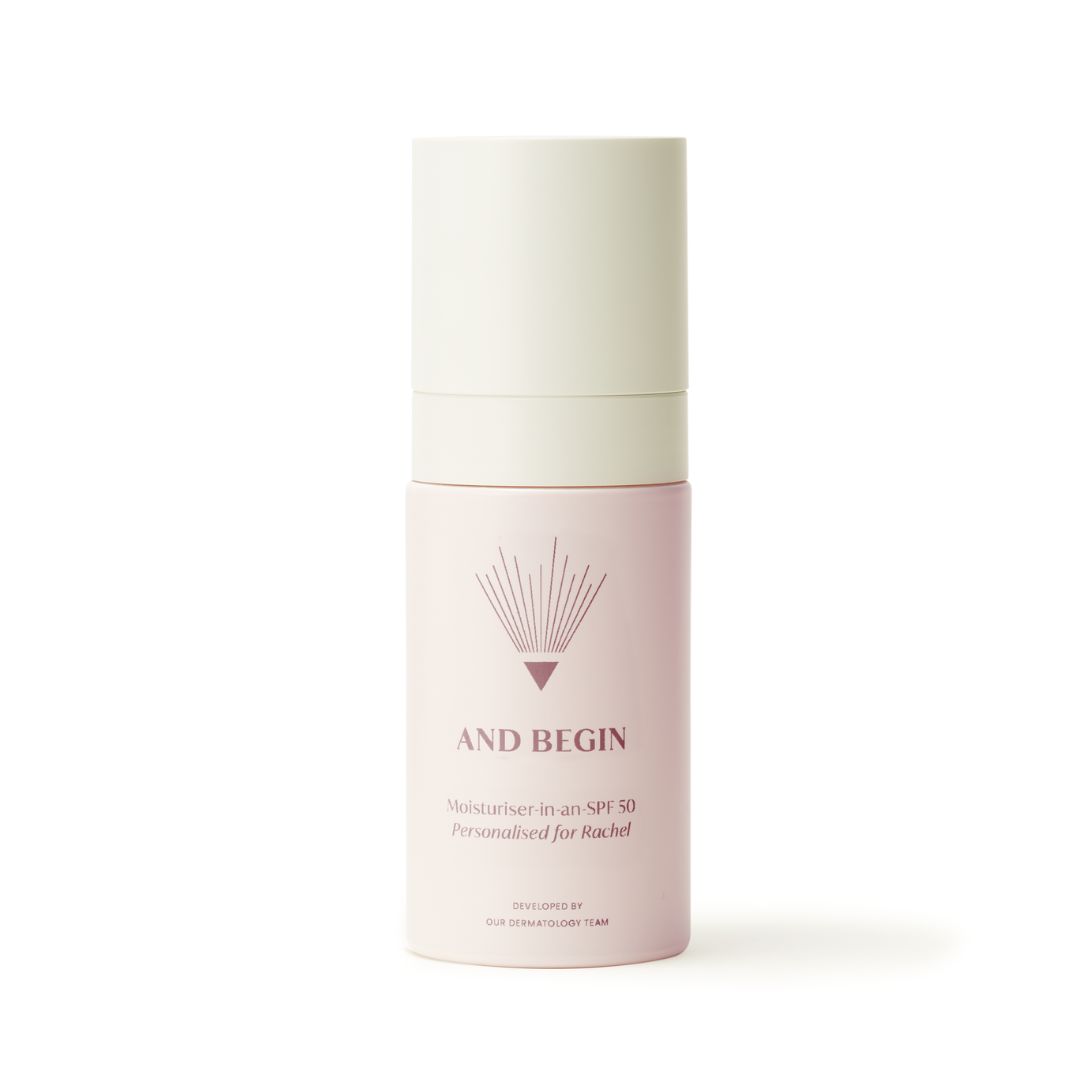Is your skin dehydrated or dry? The symptoms, similarities and how to treat both
If you’re weighing up whether you have dehydrated vs dry skin, this simple guide will help clear it up, once and for all


Consider the differences between dehydrated vs dry skin. You might be hard-pressed to come up with any. The effects of dryness and dehydration may look and feel similar but they are completely different skin conditions with distinct needs.
As we head into winter, most of us will experience a dry feeling at some point, whether that's scratchy patches, a lacklustre complexion or skin that feels tight. Although the terms are often used interchangeably, there is a big difference between dry vs dehydrated skin and the skincare routine you should follow for each. “Dry skin is a skin type that lacks oil, making it feel rough, flaky, and tight,” explains Dr Shereene Idriss, board-certified dermatologist and founder of Idriss Dermatology and Dr. Idriss Skincare. So if you’re suddenly experiencing a parched, tight feeling, chances are you’re experiencing dehydration rather than dryness.
Still confused? We’ve enlisted trusted experts to help break down the difference between dehydrated vs dry skin and spot the tell-tale signs of each to get you back on track to quenched, hydrated, healthy skin.
What’s the difference between dehydrated vs dry skin?
Simply put, dry skin is a skin type; dehydrated skin is a skin concern. “Dry and dehydrated skin can feel and look very similar, but they are actually two different entities with different causes,” explains Dr Malvina Cunningham, consultant dermatologist.
Dry skin: Dry skin is a skin type, just like oily, combination, normal and sensitive. “Dry skin lacks oil, making it feel rough, flaky, and tight,” says Dr Idriss. “This is usually due to genetics or environmental factors like cold weather, and it tends to worsen with the use of harsh soaps or hot showers.”
The ageing process has an impact too. “As we age our skin becomes progressively drier, especially in midlife when oil production is reduced, making skin more sensitive and susceptible to the appearance of fine lines,” explains Dr Cunningham.
Dehydrated skin: This is a temporary condition characterised by a lack of water in the uppermost layer of the skin, rather than a shortage of oil. Crucially, dehydrated skin can affect any skin type. As Dr Cunningham says, “An individual can have dry skin or even oily skin that is dehydrated making it also look and feel dull, dry, rough and tight.”
Sign up to our free daily email for the latest royal and entertainment news, interesting opinion, expert advice on styling and beauty trends, and no-nonsense guides to the health and wellness questions you want answered.
Dr Cunningham lists the causes as, “inappropriate skincare products that are too stripping (for example harsh cleansers or overuse of acids and exfoliators), environmental factors such as sun exposure, hot showers and baths, central heating and not drinking enough water.”
How does dry or dehydrated skin look?
Dry skin: There are overlapping outward symptoms, such as roughness and a loss of elasticity, but according to Dr Idriss, “Dry skin appears flaky and rough with visible dry patches, often resulting in a dull complexion.”
Dehydrated skin: “In contrast,” she explains, “dehydrated skin looks dull and tired, with fine lines, particularly around the eyes and mouth, but can also appear oily as the skin compensates for moisture loss.” Many people confuse dehydrated skin with premature ageing when fine lines might just be a sign of dehydration.
What does dry or dehydrated skin feel like?
Dry skin: “Dry skin and dehydrated skin share several characteristics, including a feeling of tightness,” explains Dr Idriss. However, dry skin has a tendency to feel more sensitive to the touch and is more susceptible to dry skin conditions like eczema and dermatitis. It can become itchy, particularly after cleansing.
Dehydrated skin: Healthy, hydrated skin contains approximately 30% water. When this level drops, the skin becomes dehydrated. The water loss can disturb the barrier function so skin starts to feel tight and itchy. You might notice that these outward symptoms come and go depending on the time of year and lifestyle changes.
How can I treat dry skin?
“For dry skin, skincare needs to focus on avoiding stripping oil from the skin and using slightly richer skincare that has a higher oil content,” advises Dr Cunningham. “Go for moisturisers that contain emollients such as shea butter, squalene, lipids and ceramides. Humectants are also very useful such as ectoin, hyaluronic acid and urea.”

RRP: £40
“Avoid foaming cleansers and use cream or balm cleansers instead,” advises Dr Cunningham. This comforting cleansing balm glides across the skin, removing makeup with ease. Formulated with Japanese indigo extract to soothe irritation, and a blend of superfoods, this balm cares for skin and maintains barrier integrity.

RRP: £29.99 per month
And Begin has tapped into something we all want - efficacious formulas that save time and money. This one-step formula combines your day cream with your SPF (SPF 50 PA++++ no less), supported by age-management actives that boost collagen and elastin. Ectoin, aloe vera and vitamin E are comforting additions for dry skin.

RRP: £29
“For an extra boost of hydration," suggests Dr Idriss, "a refreshing mist can be helpful - just remember to lock in that moisture with a luxurious, rich moisturiser on top." This fine spritz offers instant refreshment, enriched with ceramides to fortify the skin barrier.
How can I treat dehydrated skin?
Make sure you’re drinking enough water and wash with lukewarm water - hot water strips the skin. Cutting your caffeine and alcohol intake will help prevent your skin from becoming dehydrated. “Having a humidifier is also super helpful to add moisture and combat dehydration, especially in dry or cold environments,” says Dr Idriss.
As far as skincare goes, “Look for products that are friendly to the skin barrier,” suggests Dr Cunningham. “Use moisturisers and serums, which contain barrier-friendly ingredients that also draw moisture into the skin, such as glycerin, ceramides, niacinamide, hyaluronic acid, aloe vera and urea.”

RRP: £46
Essences add an extra slurp of hydration to your skincare routine. Pat into dry skin after cleansing, before serum. You'll love how plumped and peachy your skin looks, thanks to collagen-stimulating peptides, barrier-boosting ceramides, niacinamide and hyaluronic acid. It's clinically proven to deliver up to 24 hours of hydration.

RRP: £8
This light lotion has a non-greasy feel, great if have an oily or combination skin type gasping for hydration. It's got everything you could need for a surge of hydration - barrier-friendly ceramides, hyaluronic acid and aloe vera - with the added benefit of SPF30.

RRP: £65
Hyaluronic acid is a total saviour for dehydrated skin. This formula combines various hyaluronic acid weights that penetrate deep into the skin, providing both long-term benefits and instant relief from dehydration. One application promises 24 hours of intense hydration, with coconut extract to protect against future water loss.
Can I test if I have dehydrated or dry skin?
“The ‘pinch test’ is widely quoted as a method of telling if your skin is dehydrated but I do not think this is accurate,” warns Dr Cunningham. “It involves pinching the back of your hand and if it doesn’t bounce back within three seconds it’s a sign of dehydration.” Rather than using this unreliable method, Dr Cunningham advocates the use of in-clinic machines. “They can measure the water content in the skin more accurately. A dermatologist will be able to make a diagnosis by taking a careful history and examination.”
At home, meanwhile, the very best test is how your skin feels. “If your skin feels tight after cleansing and lacks oil, you likely have dry skin,” clarifies Dr Idriss. “In contrast, if your skin appears dull and still feels tight after applying hydrating serums and moisturisers, you’re most likely dehydrated.”

Stephanie Maylor is a Beauty Editor working across five national magazine titles, with almost 20 years' experience in the industry. She has written for many brands, including woman&home, Grazia, Now, More!, Fabulous, NW, Woman, Woman's Own, Woman's Weekly, Essentials, Best, Chat, and OK! online.
In 2010 she launched her own beauty blog, which was shortlisted for Best Beauty Blog in the 2011 and 2012 Johnson & Johnson Beauty Journalism Awards. She has interviewed many high profile industry experts and celebrities including Alesha Dixon, Twiggy and Christina Hendricks.